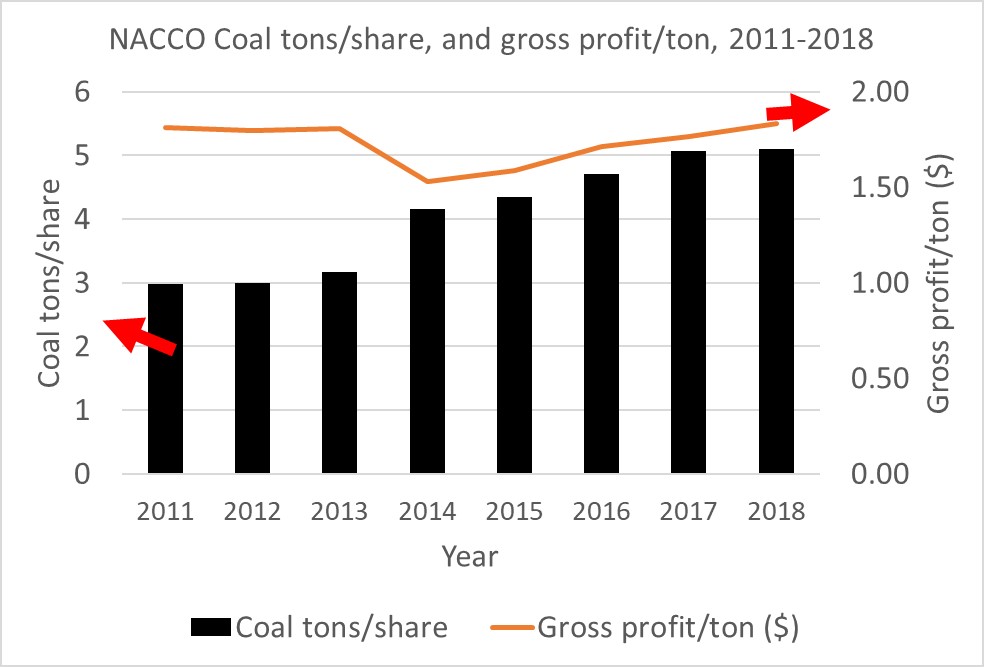Tailored Brands (TLRD): Operating at the Focal-Point of the Retail Apocalypse and the Hedge Fund Armageddon, TLRD is a Stable Company With a P/E of 3

by JONATHAN DANIELSON
Tailored Brands is the company behind the brand names Men’s Wearhouse (MW) and Jos. A Bank (JOSB). As you can probably guess, Tailored Brands operates in the specialty retail industry. More specifically, they provide the younger-to-older middle-class male demographic with suitwear. Broadly speaking, their portfolio of clothing includes suits, sport coats, slacks, business casual, outerwear, dress shirts, shoes and accessories.
I don’t want readers to be misled by the title of this article since I labeled the company as “stable”: Tailored Brands is a high-risk stock. I classify Tailored Brands as a stable company because if you take a look at the company’s stock chart, you’ll see that over the course of the past year TLRD is about 85% off its highs. The stock was trading at $30/share as recently as June of last year. It’s at $5/share now. With a drop that dramatic you would usually expect to find one or more of a few things going on with the company. You would probably expect sales or earnings to be down quite materially. Or you’d expect to find impending liquidity issues. But that’s not necessarily what we find here. Top-line consolidated sales since 2015 are basically flat. Operating income is up 20% since then. Whether or not these are good numbers doesn’t matter right now. At least initially, the business doesn’t seem to have fallen off a cliff; yet the stock certainly has. So why is the stock high-risk? Well, a lot of reasons. One factor that adds to the riskiness of the situation also makes the stock look cheaper. All of you reading this can probably guess what I’m referring to: leverage. Despite aggressively paying down debt over the previous few years the company is still saddled with debt that equates to 3x EBITDA. Anytime you have a business where the popular sentiment is that the business is possibly facing a secular decline (i.e. the market is not too hot about the company’s growth prospects) and you add a highly-levered balance sheet to the mix you tend to get a stock that looks ridiculously “cheap” on standard valuation metrics. These dynamics make the stock high-risk.
Geoff recently wrote-up Farmer Mac (Ticker: AGM) on this site. If you haven’t read that post yet, you should go do it before reading on. In his write up of the Company he said, “An investor interested in Farmer Mac should spend 95%+ of his time worrying about the risks.” And why is that? Why spend so much time pondering the risks of the stock? Because, in his case, the stock he was evaluating was far, far too cheap for the quality of the business. So the only question relevant to investors is: what are the potential catastrophic risks? Will the company survive? If the Company survives then the stock should be a homerun.
I think Tailored Brands is very much the same. It’s not that I’m not making the argument that a specialty retailer is …
Read more




 This miniature is a Primaris Space Marine. Space Marines are GW’s single most iconic creations – armies of elite, genetically engineered superhumans wearing power armour and dedicated to defending humanity in a hostile galaxy filled with forces bent on humanity’s destruction. The full GW model range is simply vast though, which you can get an idea of by visiting the company’s web pages at
This miniature is a Primaris Space Marine. Space Marines are GW’s single most iconic creations – armies of elite, genetically engineered superhumans wearing power armour and dedicated to defending humanity in a hostile galaxy filled with forces bent on humanity’s destruction. The full GW model range is simply vast though, which you can get an idea of by visiting the company’s web pages at